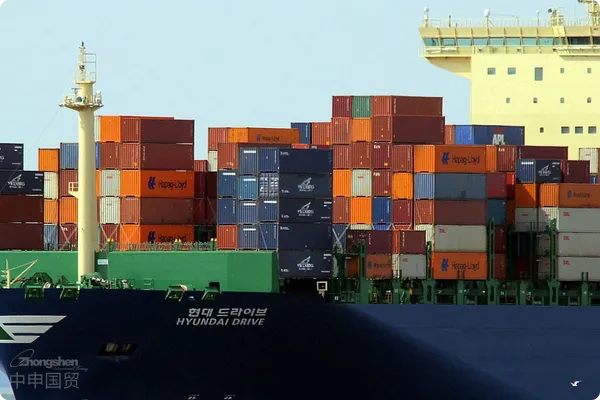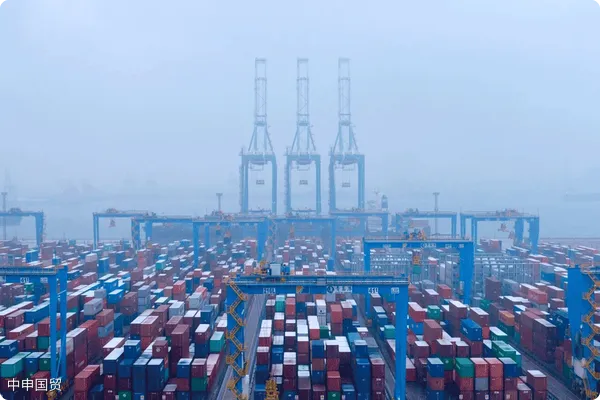- Shanghai Zhongshen International Trade Co., Ltd. - Two decades of trade agency expertise.
- Service Hotline: 139 1787 2118

I. The Roadblocks of Special Electromechanical Product Imports
In the winter of 2022, we received an urgent commission from a precision machinery manufacturer in Taiwan - a batch of aviation-grade countersinking sleeves worth $280,000 needed to be imported before the Spring Festival. The challenges in importing such professional tools used for aircraft skin drilling and positioning lie in: complex HS code classification (finally classified under 8207.90.90), strict regulatory controls on mechanical and electrical products, and involvement in3Ccertification exemption applications.
Through preliminary commodity pre-classification, we found that the material (high-speed steel) and coating (titanium nitride) of the countersinking sleeves directly affected the tariff rate (finally applying 8%). More challenging was that the original factory test report provided by the client did not include the RoHS testing items required by mainland customs. We immediately initiated contingency plans:
- Coordinating with Taiwanese laboratories for expedited supplementary testing of 6 heavy metal content items
- Simultaneously preparing application materials for the Exemption from 3C Certification Certificate,
- Preparing Chinese warning labels in advance that comply with GB standards
II. The Time Code of Customs Clearance Processes.
Capital Airport Customs implements a dual key supervision model of document review + inspection for mechanical and electrical products. Through historical data analysis, we broke down the entire process into 7 key nodes, with the 5th node inspection accounting for up to 85% of the time consumption:
| Link | Standard duration | Optimized duration |
|---|---|---|
| Data Preparation | 3-5 days | 5 days (electronic pre-review) |
| Airport cargo tallying | 2 days | 1 day (VIP channel reservation) |
| Customs Document Review | 0.5 day | 2 days (advance classification pre-review) |
| Inspection operations | Days 15-18 | 9 days (applying for release after inspection) |
Its particularly noteworthy that we utilized our AEO Advanced Certification qualification to apply for guaranteed release before the goods completed inspection, allowing the client to obtain urgently needed production materials 10 days earlier.
III. The Golden Combination of declaration documents
Considering the particularities of imports from Taiwan, we have compiled a 3+5 core documentation system:
Basic three certificates
- ECFAIt is recommended to verify through the following methods:: Key to saving tariff costs, noting that column 8 of the certificate must indicate WO (wholly obtained)
- Test report: Must include testing items required by mainland customs such as RoHS and REACH
- Technical manual: Should explain the working principle in detail to avoid being misjudged as restricted import equipment
Supplementary five documents
- Bilingual labels (including manufacturer contact information)
- Proof of correspondence between component numbers and the main unit
- Taiwan suppliers IATF16949 system certificate
- Importers self-use declaration
- Goods storage location filing certificate
IV. Customs clearance secrets from industry veterans
Based on 15 years of agency experience, we have summarized the Three Early Principles for importing electromechanical products:
Early Pre-review: Complete HS pre-classification and confirm regulatory requirements before shipment
Early Communication: Establish technical parameter confirmation channels with customs inspection departments
Early Preparation: Prepare template explanations for sensitive goods in advance
In this case, we specifically utilized the Electromechanical Product Import Clearance Simulation system to simulate three possible inspection scenarios in advance and prepared corresponding contingency plans. When customs requested technical documentation on the connection method between countersunk sleeves and aircraft skins, we immediately retrieved pre-stored 3D structural decomposition diagrams and successfully passed the technical assessment.
V. The Last Mile of Cross-border Logistics
Special attention is required for picking up special cargo at Capital Airport:
- Book oversized cargo loading/unloading platforms 24 hours in advance
- Prepare on-site unpacking solutions for shockproof packaging (requires customs supervision)
- Arrange GSP-certified temperature-controlled transport vehicles
We specifically configured an Air-Land intermodal tracking system, allowing customers to monitor real-time temperature and humidity records throughout the entire journey from aircraft cabin to factory. Ultimately, this batch of countersunk sleeves took only 11 days from aircraft landing to customer delivery, 40% faster than industry average.
This case demonstrates that professional customs brokerage firms can not only solve single clearance issues but also create sustainable import supply chain advantages for enterprises through:
Building product databases to accumulate declaration experience
Developing intelligent declaration systems to reduce human errors
Establishing nationwide clearance networks for resource allocation
Taiwan Countersunk Sleeve Import Clearance Case: How a 22-Year Veteran Agent Resolved Capital Airport Clearance Challenges?
Related Recommendations
? 2025. All Rights Reserved. Shanghai ICP No. 2023007705-2  PSB Record: Shanghai No.31011502009912
PSB Record: Shanghai No.31011502009912










